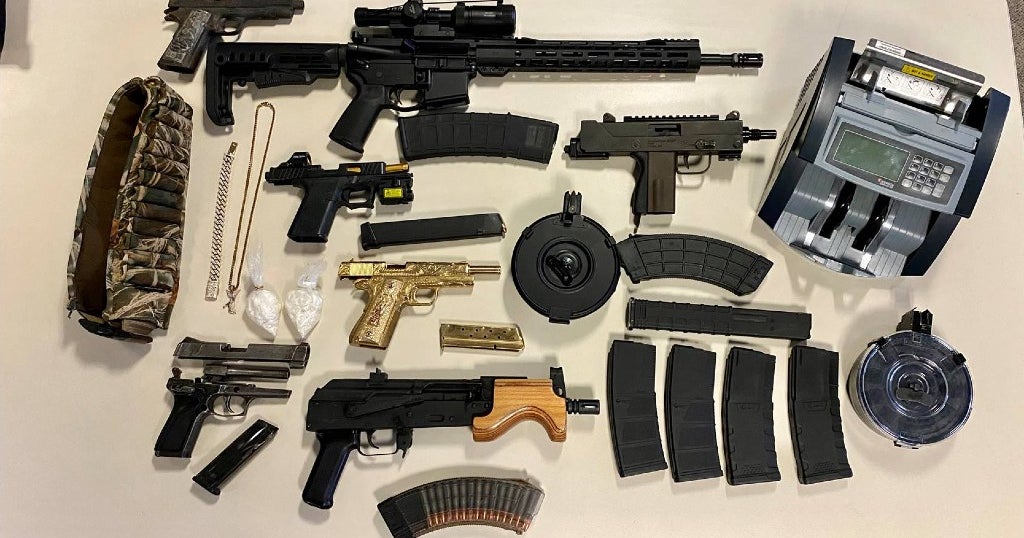Your optics play a crucial element in your ability to get the best results, no matter whether you are a professional shooter or an amateur. A thorough understanding of the components will help you to ensure that your optic performs at its peak for every shot.

Optic Parts: Understanding their Relevance in shooting Sports
A reliable firearm is essential when shooting sports are shooting in competition, hunting, or for casual plinking at the range. Optic parts are often ignored, yet play a vital part in accuracy and precision and are frequently overlooked. Optic parts also referred to as sights, are mounted on firearms to aid shooters to achieve greater accuracy and efficiency. This article will discuss the importance and benefits of optic components, as well as how they help improve your shooting capabilities.
What are Optic Parts?
Optic parts help shooters aim their guns more accurately. There are a variety of options available which include magnified scopes red dots sights iron sights that are holographic and holographic. Each optical component is unique and comes with its own benefits. Your preferences for shooting and shooting preferences will determine the type of optic you pick.
Iron sights are the most basic kind of optics part and are often found on firearms that are traditional. A front sight post as well as a notch for the back sight are required to align the sights with the object. A small LED is employed to create a red dot. The reticle shows up on the lens as an elongated dot. The site is well-known due to its speed and simplicity of use. Holographic sights use lasers to create an illuminating reticle that appears like the shape of a hologram. They’re often used in tactical and military applications. Magnified scopes can also utilize lenses that magnify targets. This makes it easier to aim accurately at long distances.
Optic Parts – Why are they so important?
Optic parts aid shooters in aiming better and more accurately. By using optical components, shooters can focus more precisely, particularly when shooting at greater distances. Optic parts are also able to acquire targets faster making it simpler for shooters to aim accurately and quickly. Optic parts are essential for hunting and tactical shooting because they help increase accuracy even in dim lighting conditions.
How to Select the Best Optic Parts
Making the right choices for your optics is essential for maximizing your shooting capabilities. When you are choosing an optic part there are several factors you should consider like your shooting requirements, budget, and what type of firearm you want to use. Also, you’ll need to think about the magnification and reticle type.
Magnification is the term used to describe the zoom that the optics component offers. Magnified scopes are often utilized for long-range shooting as they allow the shooter to accurately aim at targets many hundred yards away. However, magnified scopes may not be ideal for shooting at close range. Shooters who are tactical love red dots and holographic sights due to their ability to quickly identify targets and close-range shooting.
When selecting an optic component It is crucial to consider the type of reticle. Different kinds of reticles can be appropriate for various shooting scenarios. For instance, a straightforward crosshair-type reticle would be ideal for target shooting. The BDC (bullet Drop Compensating) Reticle, on the contrary, is great for long-range shooting.
Maintaining your Optic Parts
Once you’ve selected your optic components it is essential to maintain the parts properly. Proper maintenance will ensure that your optic components remain precise and reliable for many years to come. Essential maintenance tasks include cleaning the lens, checking the zero, and taking care to properly store your optic parts when not in use.
It is important to wash the lenses to ensure that the parts of your optics create a clear, accurate image. Clean the lenses with an abrasive cloth or lens cleaner. Avoid using paper towels or rough substances that could scratch lenses.
It is possible to check the zero position of your optic parts to verify that they remain in alignment. Keep in mind that with time, the alignment of your optic parts can become distorted by recoil or any other factor. Take a few shots at the target to verify the zero and adjust the optics components according to the need.
For more information, click Rifle Parts & Accessories